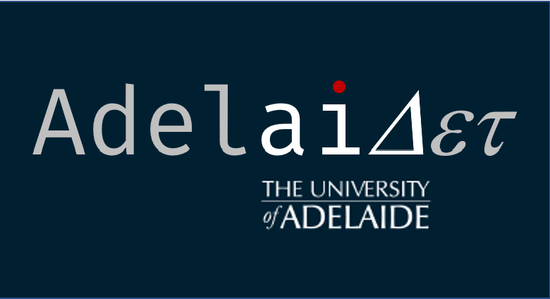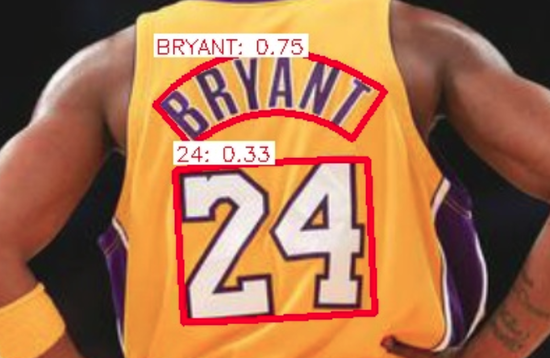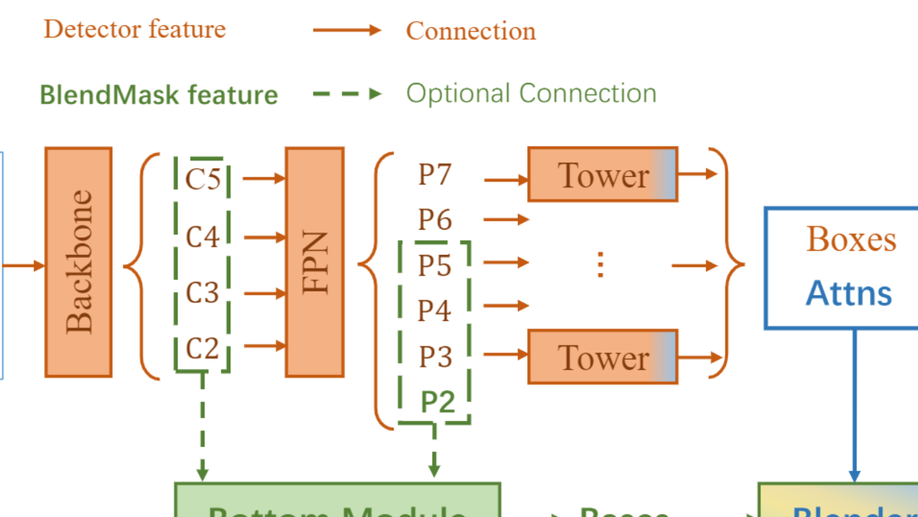PhD in Computer Science
The University of Adelaide
Biography
Hao Chen is currently a CV researcher @ Noah’s Ark Lab in Huawei. He got his PhD degree of computer science in Adelaide Intelligent Machines Group at the University of Adelaide. He was advised by Professor Chunhua Shen. Before Adelaide he obtained his undergraduate and master degree from Zhejiang University, and had been a researcher in NetEase Inc.
He anticipates to graduate in late 2020.
His general research interest lies in probabilistic methods for general perception tasks in computer vision. His recent research involves:
- Fast NAS: computation-friendly neural architecture search (NAS) with reinforcement learning for segmentation, detection and low-level tasks.
- BlendMask: a general instance segmentation framework which is both faster and more efficient than Mask-RCNN.
- AdelaiDet: a collection of recent projects dealing with different instance-level tasks.
Interests
- Machine Learning
- Computer Vision
- Bayesian Deep Learning
Education
-
PhD in Artificial Intelligence, 2020
The University of Adelaide
-
MSc in Computer Science, 2016
Zhejiang University
-
BSc in Computer Science, 2013
Zhejiang University





